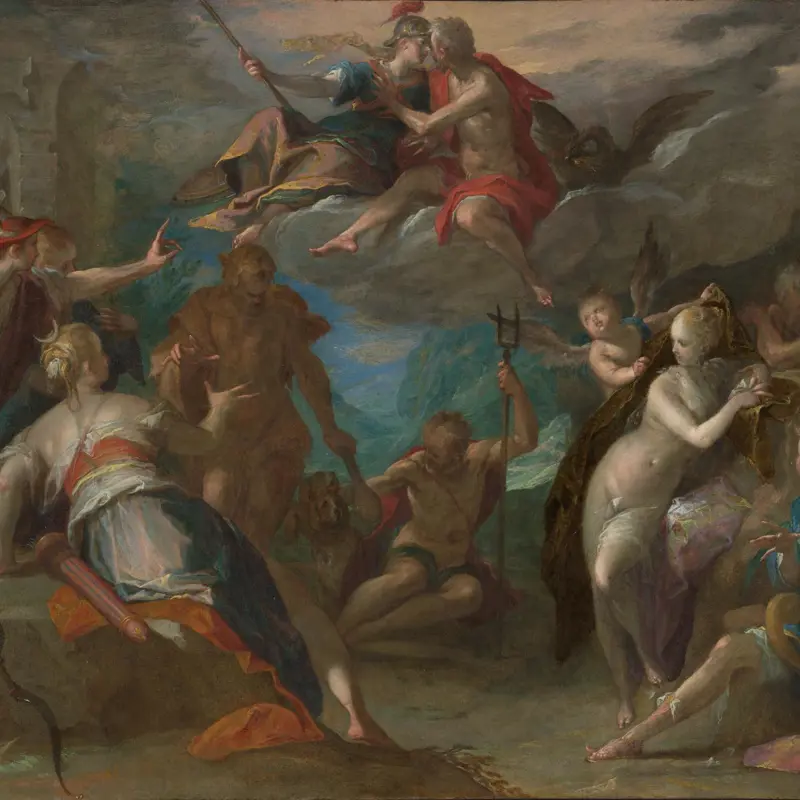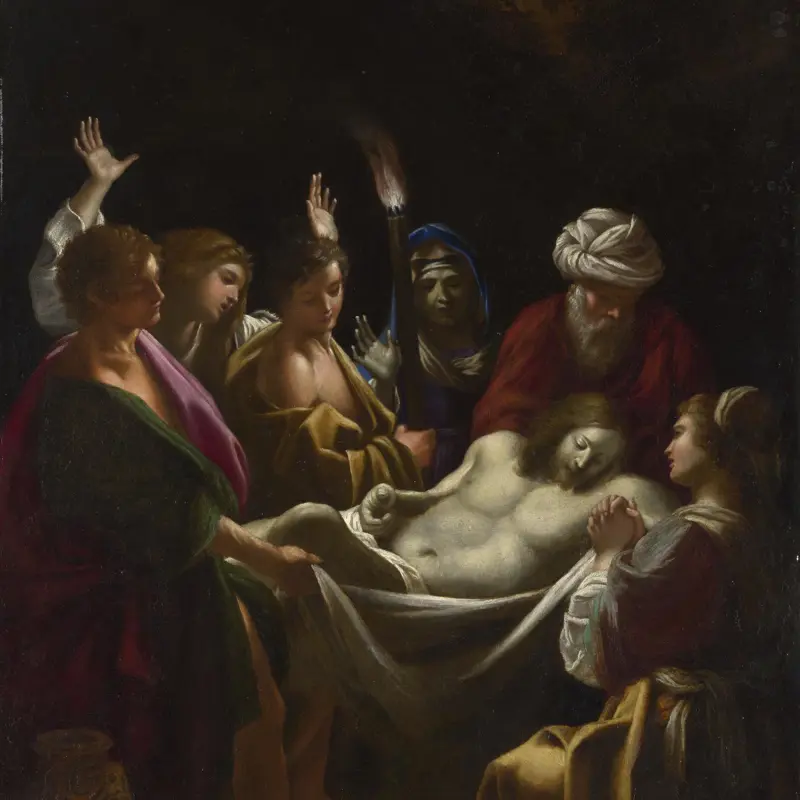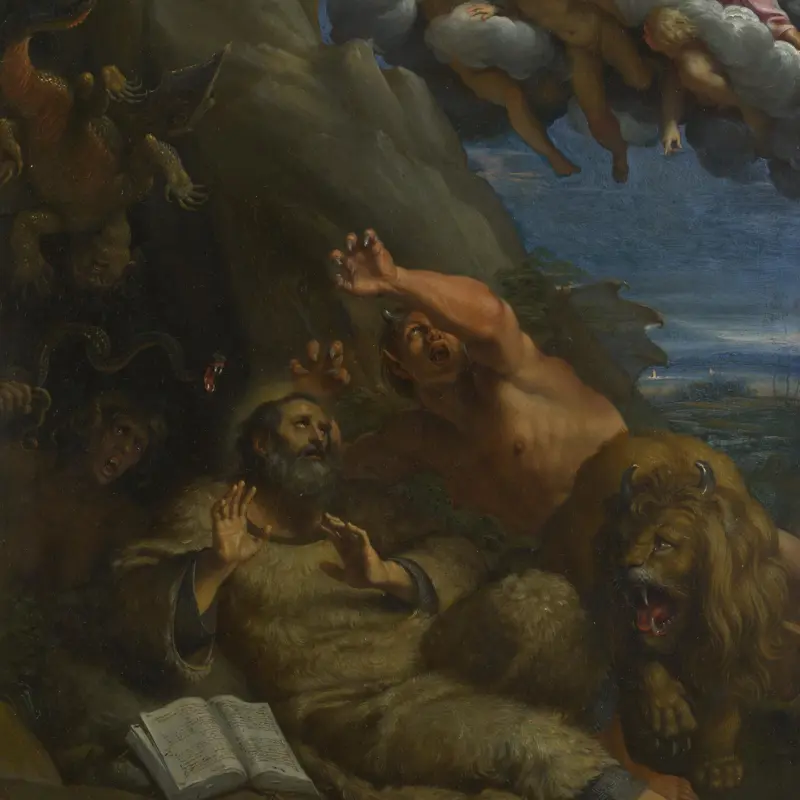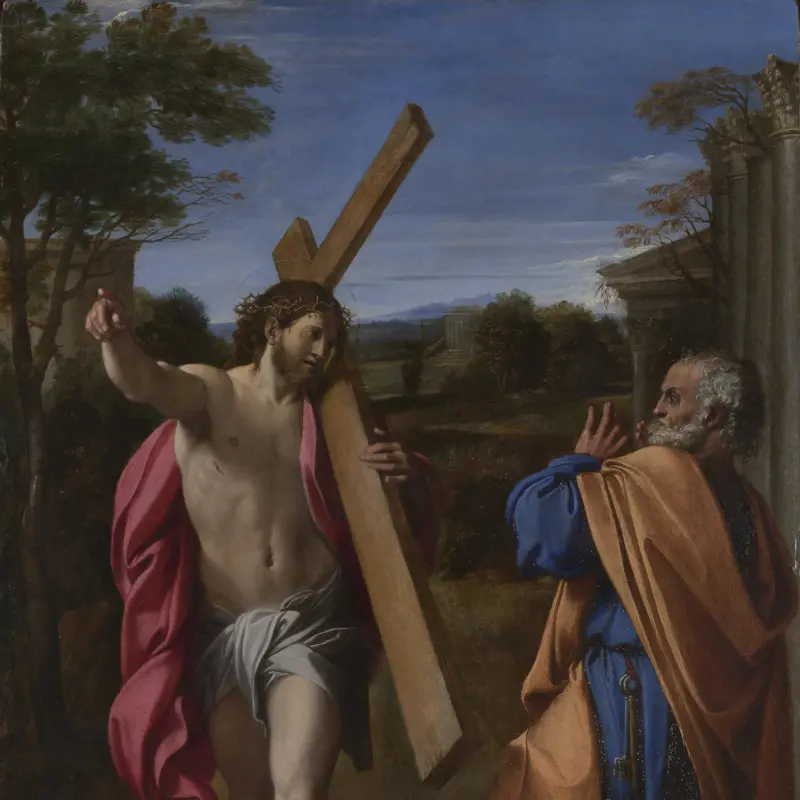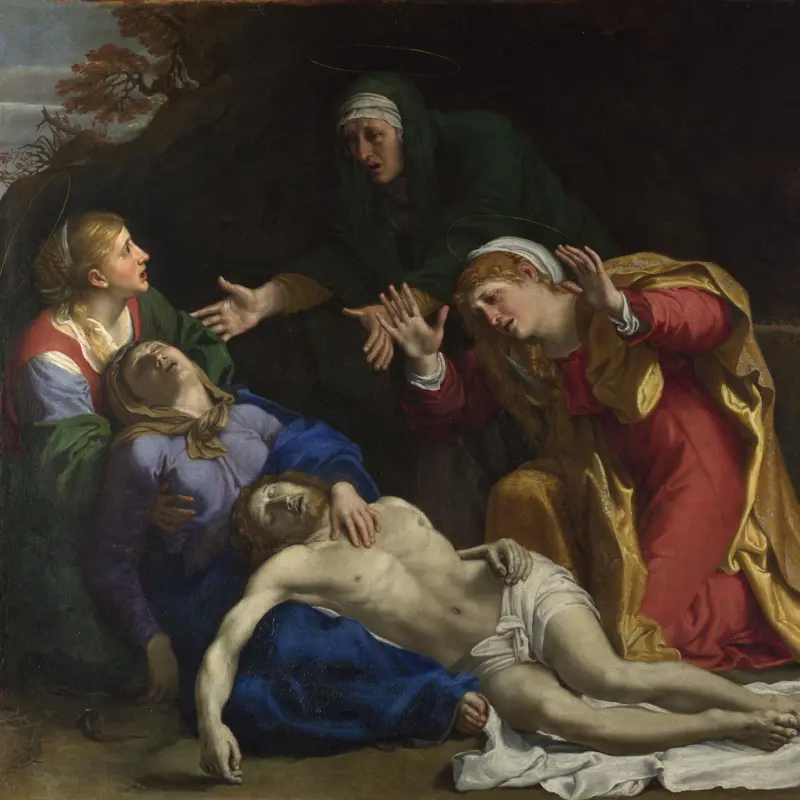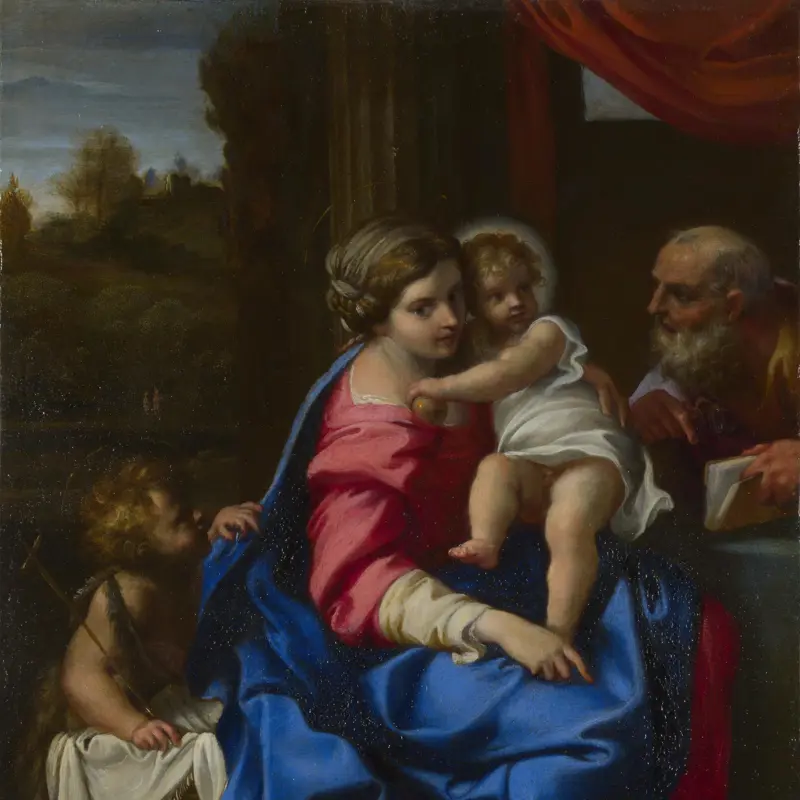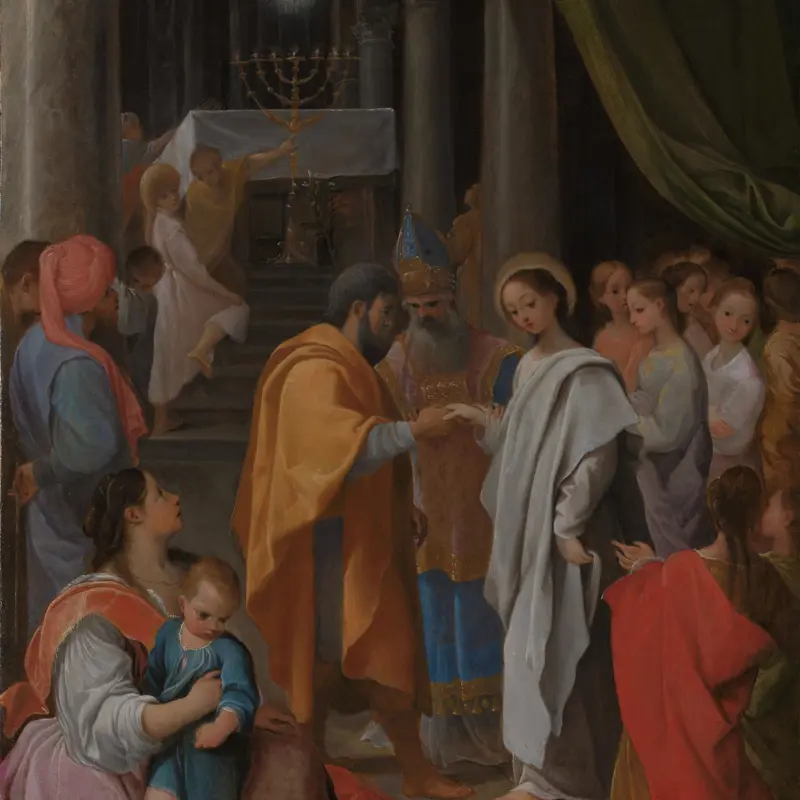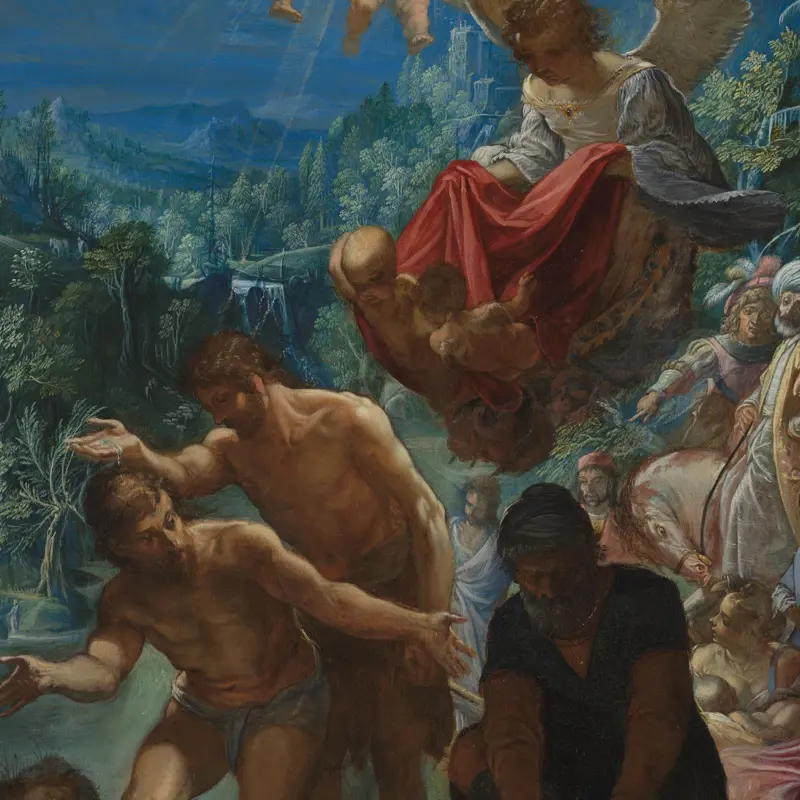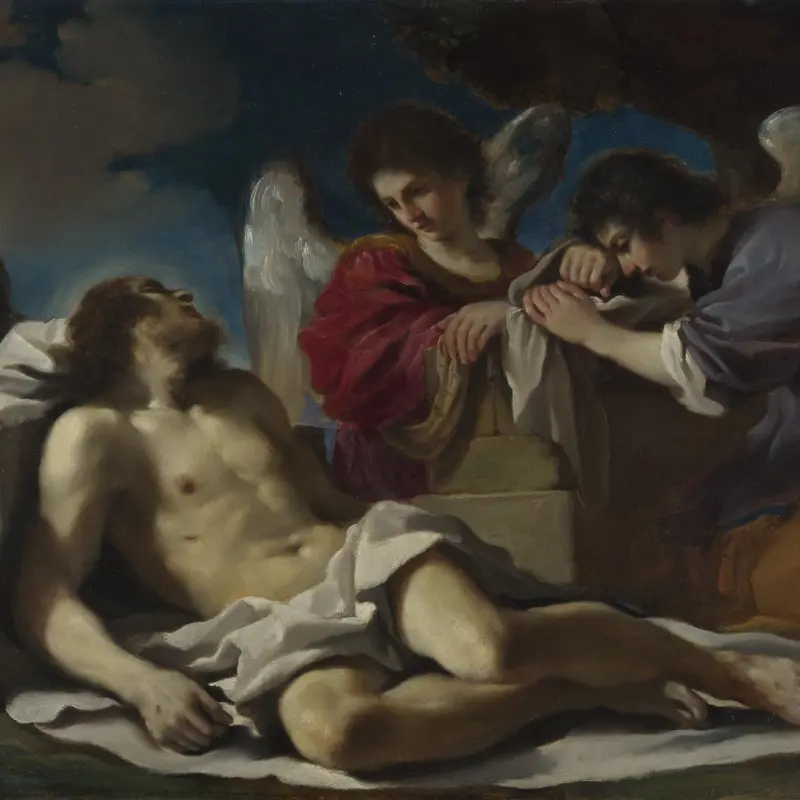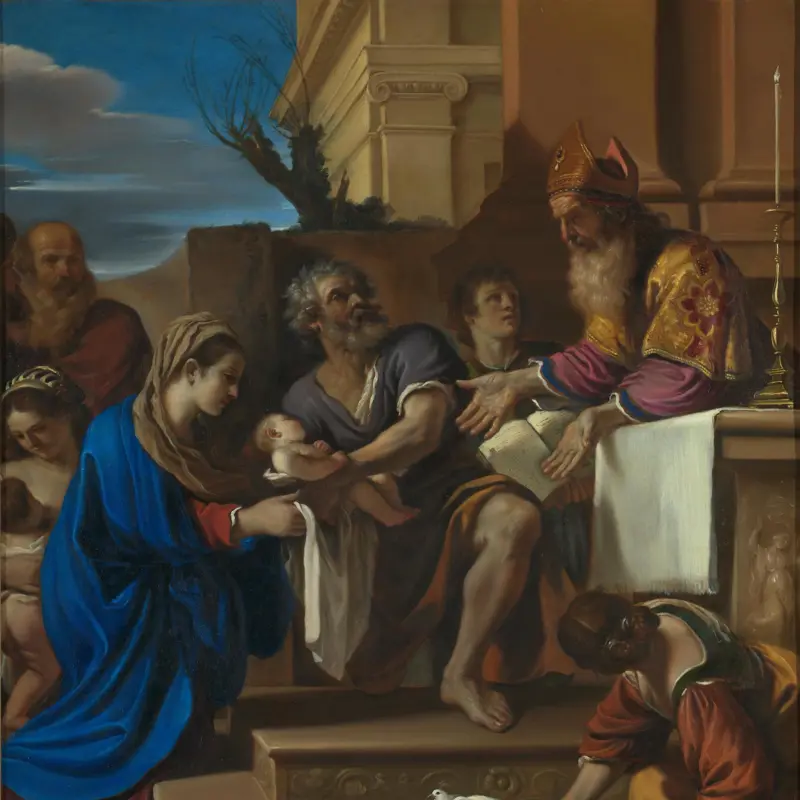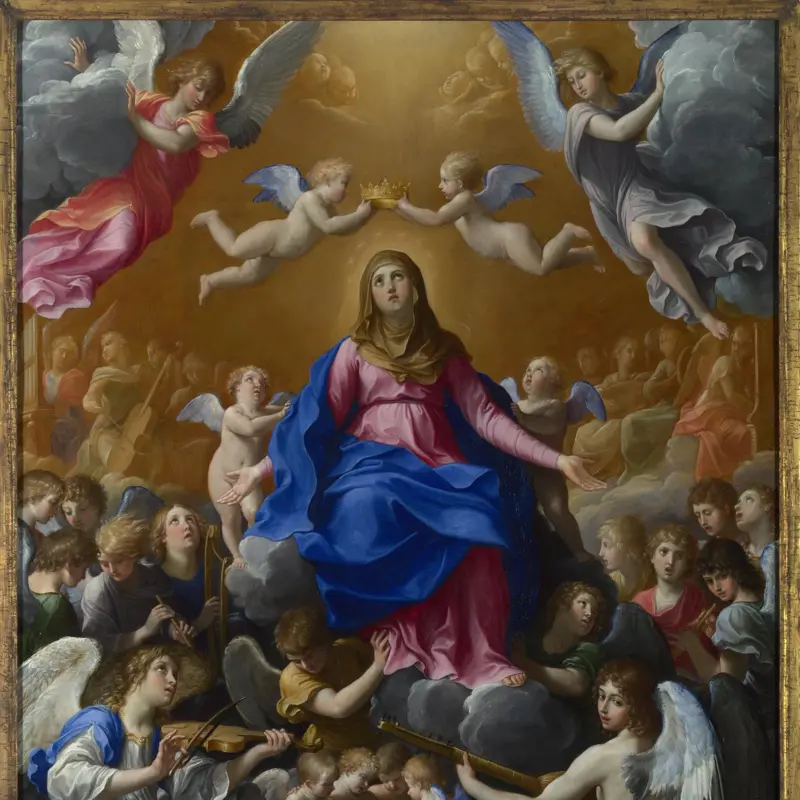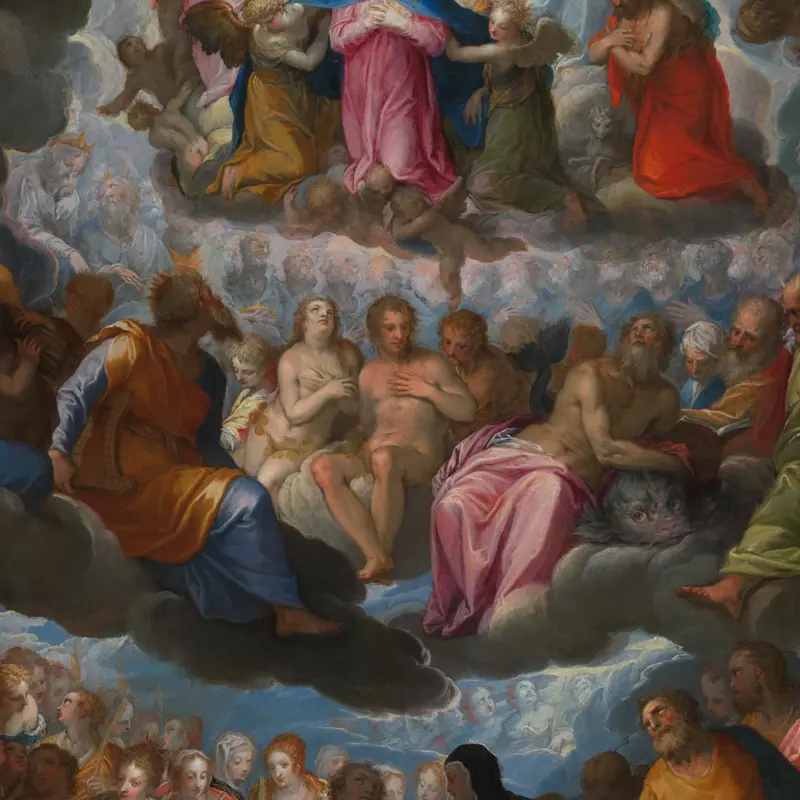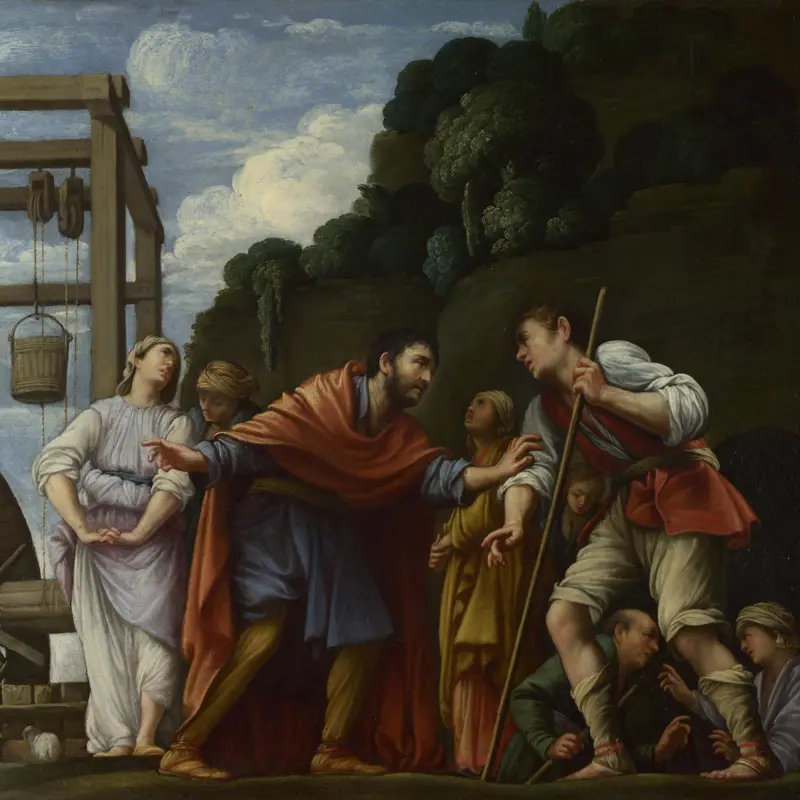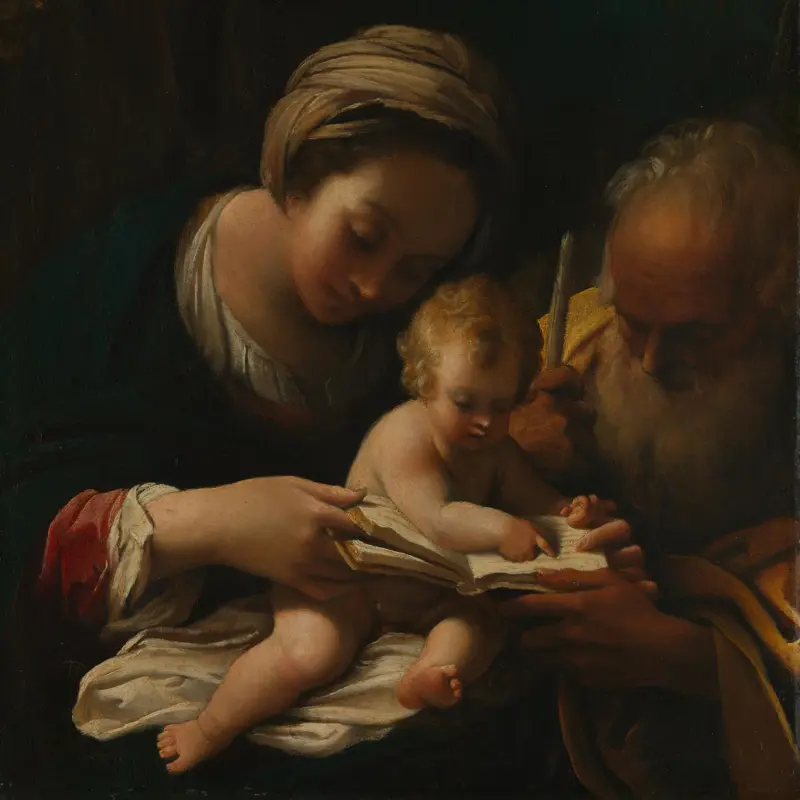We often associate Baroque art with the large, bold, vibrant paintings that decorated churches and palaces across 17th-century Europe. The term is used to describe everything from the flamboyant, colourful paintings of Rubens to the almost monochromatic drama of Caravaggio. But many of the greatest Baroque artists also produced small, intimate works for private prayer and devotion.
This smaller scale allowed artists to show off their skill as painters. Some chose to paint on wooden panels, the smooth surface of which allowed brushstrokes to be blended so subtly as to become almost invisible. Others, like Adam Elsheimer, preferred to paint on copper. This even smoother support allowed them to paint with extreme precision while also creating a luminous surface effect.
The small size of these works does not limit their emotional power. Many depict the tenderness of the Virgin embracing the Christ Child, or the grief of Christ’s followers after his crucifixion. Annibale Carracci’s small paintings combine the strong colours and diagonal compositions that defined Baroque art on an intimate, personal scale. Guido Reni’s Coronation of the Virgin brings all the grandeur and splendour of a Baroque altarpiece onto a sheet of copper that can be held in the hand.


